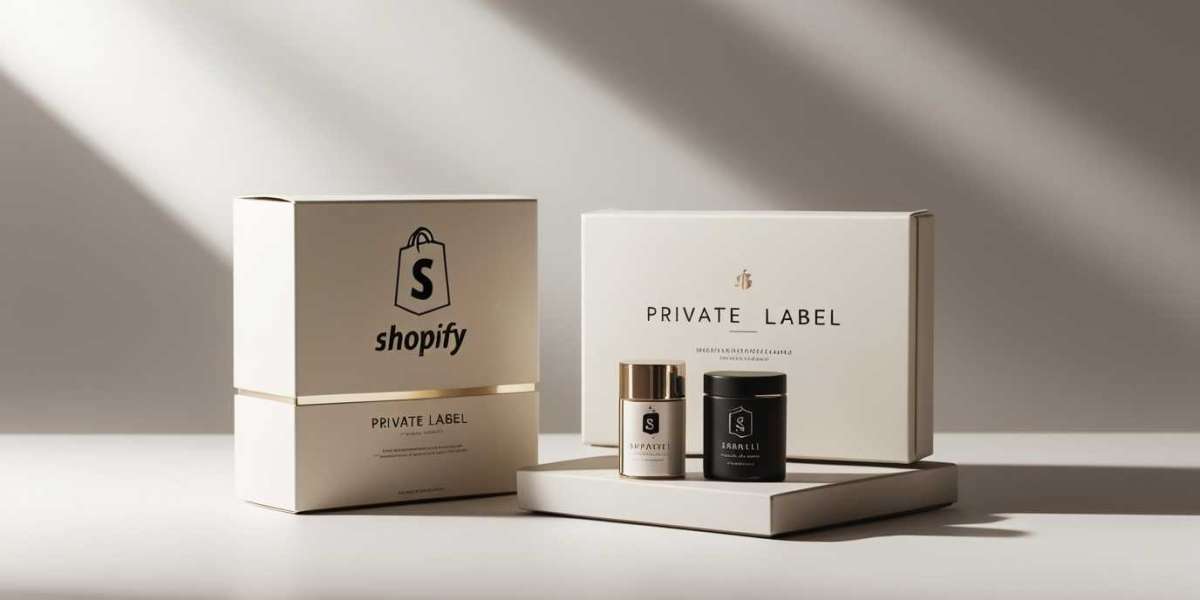The Empty Store Phenomenon
I’ve seen it too many times. A founder spends months sourcing a product, designs a clean Shopify site, launches ads, and then waits. Traffic trickles in, maybe even spikes for a while, but sales barely move. Cart abandonment is through the roof. The store feels polished yet forgettable, another faceless shop in a digital mall with thousands of others.
I call this the Empty Store Phenomenon. And let me be blunt, it’s not a traffic issue. It’s not even your product. It’s a brand identity crisis.
Because on Shopify, you aren’t selling a product, you’re selling a feeling, a story, a sense of belonging. Without that, your “great product” is just another SKU floating in an endless sea of options.
This is where Shopify's private label branding services come in. Done right, they turn a commodity into a community and a listing into a legacy.
Diagnosis: The 4 Symptoms of a Weak Brand on Shopify
When I audit struggling DTC stores, I often see the same four symptoms:
- High Traffic, Low Conversion Rate (CVR):
Visitors click through but bounce because nothing tells them why they should trust you over the competition.
- Zero Brand Recall:
Ask a visitor five minutes later what your brand was called they won’t remember. You’re just “that protein powder site” or “that candle shop.”
- The Price Sensitivity Trap:
When customers don’t see a brand, only a product, price becomes the only battleground. The lowest bid wins.
- No Community or Loyalty:
Without identity, you don’t build tribes. You just collect one-time orders from discount chasers.
Sound familiar? Then you’re not running a DTC brand, you’re running a glorified catalog.
The Treatment: What “Full-Service” Shopify Branding Actually Includes
Let’s demystify what Shopify private label branding services actually look like in practice. Spoiler: it’s a lot more than a new logo.
Phase 1: The Strategic Foundation (The “Why”)
- Our main goal is to make our mission and vision easy to understand. We also want to explain why people should choose us over others.
- Beyond demographics. What worries or desires are constantly on your customer’s mind? What aspirational self are they trying to buy into?
- Mapping white space in the market where your voice can cut through.
Phase 2: The Visual Identity (The “Look Feel”)
- A logo that changes to fit different packages, ads, and your store, but still looks great.
- Colors and fonts that make your brand feel special.
- A Shopify theme that is unique and not just like everyone else's.
Phase 3: The Messaging Voice (The “Sound”)
- A brand story that makes someone care, not just click.
- Copywriting that feels human: product pages that explain benefits, not features.
- Email flows that sound like a trusted friend, not a corporate auto-reply.
This is why a great agency doesn’t just “design pretty things.” They build the connective tissue between your product and your customer’s heart.
The DTC ROI: How Branding Directly Impacts Your Shopify Store’s PL
Let’s get pragmatic. Branding isn’t an art project; it’s an investment. Here’s where it pays off:
- Customer Lifetime Value (LTV): A strong brand isn’t a one-hit wonder. It pulls buyers back again and again, stacking orders over time.
- Average Order Value (AOV): When your brand radiates quality, shoppers don’t just buy; they add the extra item, the upgrade, the bundle.
- Customer Acquisition Cost (CAC): Brands that stick in people’s minds don’t have to beg for attention. Word-of-mouth kicks in, ads work harder, and costs drop.
- The Exit Multiplier: Serious investors pay a premium for a brand with identity and loyalty baked in. A generic store? It’s worth pennies on the dollar.
Here’s my take that some consultants won’t tell you: if your branding is weak, scaling ads is like pouring gasoline on wet wood. It looks dramatic, but nothing catches fire.
The Agency Vetting Framework: Finding a Partner Who Gets DTC
Not all agencies that say they “do branding” understand Shopify or DTC. Here’s how to separate the real players from the amateurs:
- Portfolio is Everything: Don’t stop at logos. Click through the live Shopify stores they’ve built. Does it feel cohesive? Would you buy from it?
- Ask the DTC Question Bank:
- “How do you approach turning a one-time buyer into a repeat customer?”
- “Show me a case study where branding improved CVR, AOV, or LTV.”
- “How do you develop a brand voice that lives across ads, email, and packaging?”
- Understand Pricing Tiers:
- Basic Identity Package ($2–5k): Visual assets only.
- Comprehensive Brand + Web Package ($8–20k+): Strategy, full identity, Shopify design/dev.
- Growth Partner ($3k+/mo): Ongoing creative, marketing, and optimization.
A quick anecdote: I once worked with a founder who picked the cheapest “logo shop” option. Six months later, they came back frustrated, exhausted, and paying triple to rebuild everything from scratch. Branding done wrong costs more than branding done right.
Conclusion: Your Brand is Your Best Marketing Asset
Here’s the truth. On Shopify, your brand is the only asset that compounds. Ads get more expensive. Competitors copy your products. Algorithms shift overnight. Your story, voice, and community are unique and cannot be taken away from you.
Before you invest more in ads or follow the latest product trend, evaluate your brand. Have a friend look at your homepage for 10 seconds. Then tell you what they think you stand for. If their answer sounds generic, you’ve got work to do.
Because in the end, your brand is the only marketing channel that never switches off. And Shopify private label branding services are the catalyst that can help you build one that lasts.








